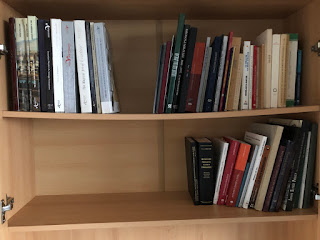ENGLISH (il testo italiano è in fondo alla pagina)
The first-ever
smart watch is back. Hamilton has issued a reedition of the Pulsar fifty years after
its launch.
With its LED (Light Emitting Diodes) display and red numerals, the world’s
first “solid state” timepiece (see above) revolutionized the way of telling the time.
My book The Museum Collection features four pages (198-201) about its history and specs. Click here to watch the full box & papers that came with the timepiece in the 1970s. The emergence of LCD (Liquid Crystal Display) technology, with its lower energy consumption, doomed the Pulsar to a quick decline – production was discontinued in 1977.
My book The Museum Collection features four pages (198-201) about its history and specs. Click here to watch the full box & papers that came with the timepiece in the 1970s. The emergence of LCD (Liquid Crystal Display) technology, with its lower energy consumption, doomed the Pulsar to a quick decline – production was discontinued in 1977.
The new
Pulsar is called PSR, as the original brand name is owned by Seiko. Developed
in conjunction with Asulab – a sister company of Hamilton in the Swatch Group –
the module features a hybrid display system combining reflective LCD technology
and emissive OLED (organic light-emitting diode) technology that works in the
dark. As very little energy is demanded, the manufacturer guarantees a
five-year autonomy – the original Pulsar required a battery change after six
months.
The models
of the 1,970-piece limited edition with yellow PVD-coated case and bracelet
cost CHF 995. The unlimited steel models cost CHF 745. They will both hit the
shelves next month.
ITALIANO
Il nuovo Pulsar si chiama PSR, in quanto il marchio originale appartiene a Seiko. Sviluppato in collaborazione con Asulab – una controllata del Gruppo Swatch come Hamilton – il modulo utilizza una modalità di visualizzazione ibrida che coniuga la tecnologia riflettente LCD con la tecnologia emissiva OLED (diodi elettroluminescenti organici), visibile al buio. Il consumo d’energia estremamente ridotto consente di garantire cinque anni d’autonomia: nel Pulsar originale bisognava cambiare le due pile dopo sei mesi.
I modelli della serie limitata a 1970 pezzi hanno cassa e bracciale rivestiti di PVD dorato e costano 995 franchi svizzeri. La versione illimitata d’acciaio costa 745 franchi. Arriveranno sul mercato il mese prossimo.







































